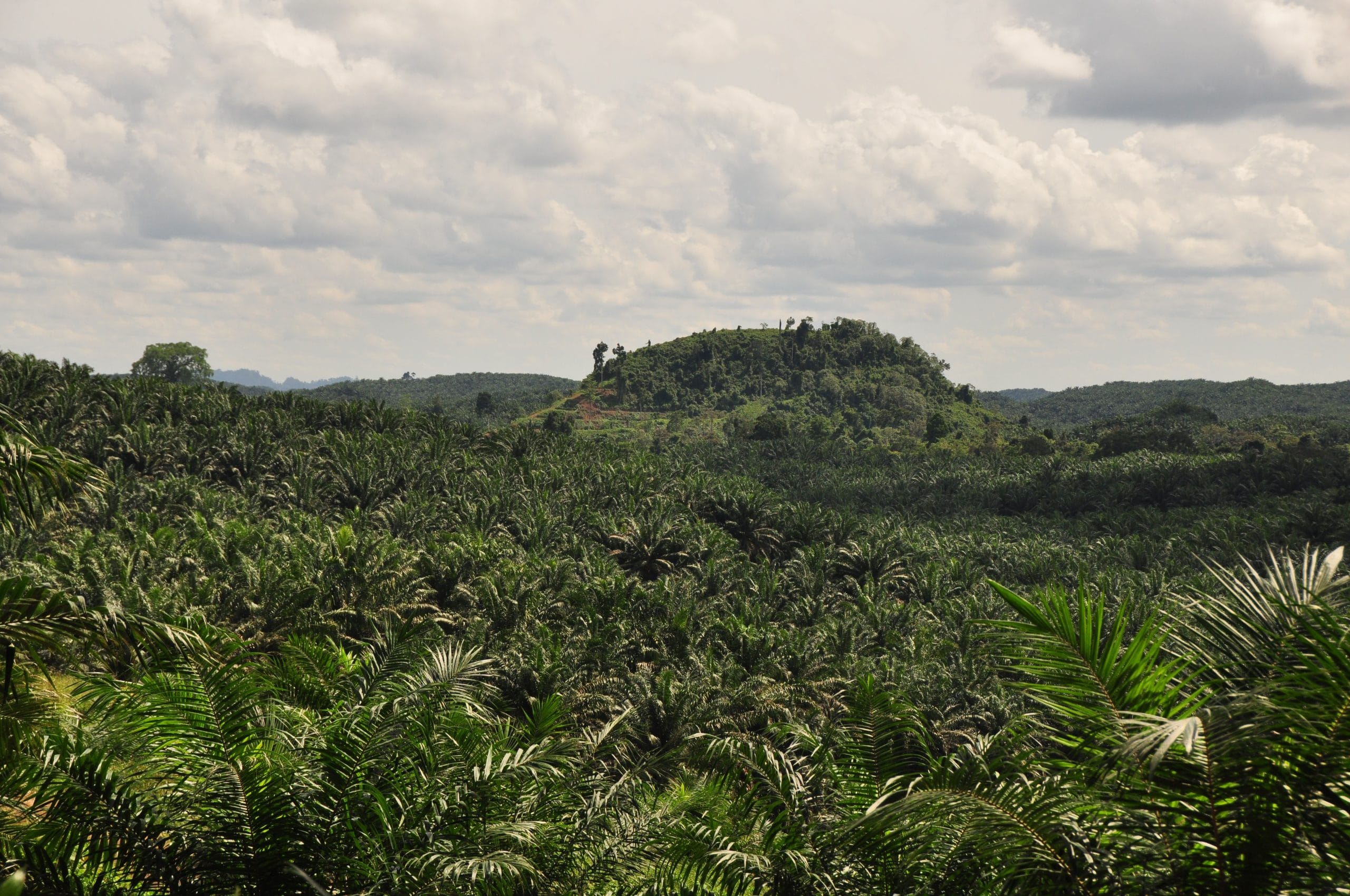
Ape range states in tropical Africa are encountering an array of important changes, including unprecedented expansion of industrial mining; more than 50,000 kilometers of proposed “development corridors” that would crisscross much of the continent; the world’s largest hydropower dam complex; ambitious plans to expand industrial and smallholder agriculture; extensive industrial logging; and myriad other energy, irrigation and urban infrastructure projects.
Equatorial Africa is the only home to five species and at least 12 subspecies of gorillas, chimpanzees, and bonobos. Explosive increases in infrastructure and road expansion promote rapid loss of their forest habitats via slash-and-burn farming and industrial agriculture, and promote forest degradation through industrial logging, mining, non-timber forest harvesting and wildlife poaching.
Advances in remote sensing and computing power are improving our capacity to map and predict the impacts of expanding roads on forests and wildlife. Foreign investments, especially for mining and timber, are driving much infrastructure expansion. As roads draw closer, protected areas are coming under increased pressure from human encroachment and poaching, with some reserves being officially reduced in size to permit mining or petroleum exploitation.
Growing land-use pressures and hunting in the spaces surrounding protected areas can have important impacts on ape populations and other biodiversity within the protected areas. Ecotourism provides an economic base for supporting park establishment and maintenance, but more funding for conservation is essential.
Proactive land-use planning is an urgent priority and must take account of the powerful, transformative impact of expanding roads on biodiversity and ecosystem services. Without urgent action, ape populations and their habitats in equatorial Africa are likely to suffer large and possibly irrevocable declines.
